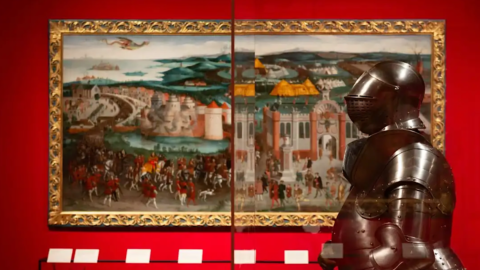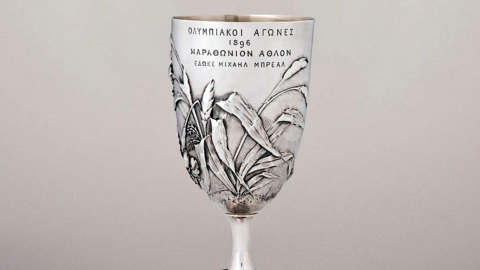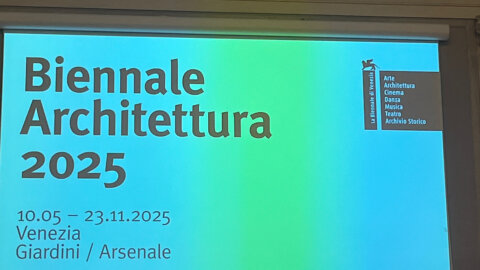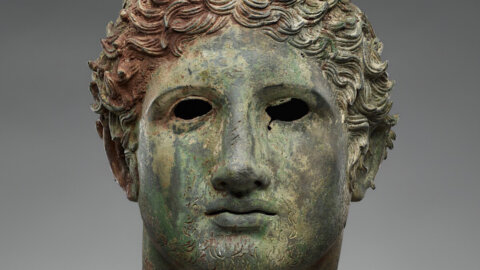Holbein at the Tudor Court brings together more than 100 objects to trace the career and legacy of the great Renaissance artist at the court of Henry VIII. The exhibition tells the story of Holbein's time in England, navigating the shifting sands of religious reform and political intrigue to rise to the position of painter to the king and create the lasting images of Henry VIII and his circle that we know today.
At the heart of the exhibition are more than 40 of Holbein's intimate portraits of Tudor royalty and nobility, from Jane Seymour to Sir Thomas More
Drawn from life during personal sessions in preparation for the finished paintings, these closely observed studies imbue their subjects with a remarkable lifelike quality, bringing the viewer as close as they will ever get to the men and women of Henry VIII's court. Kate Heard, curator of Holbein at the Tudor Court, stated:Holbein's unrivaled ability to capture the essence of his subjects still amazes nearly 500 years later.” These drawings cannot be permanently displayed for conservation reasons, so this is an exceptional opportunity for visitors to see for themselves the exquisite skill that made Holbein one of the greatest draftsmen who ever lived. Among Holbein's earliest royal portraits is a drawing of Anne Boleyn, one of the few surviving depictions drawn from life. Her informal dress suggests that this may have been a preparatory drawing for a miniature, intended to be held in the hand and viewed privately by her husband rather than displayed on a wall.
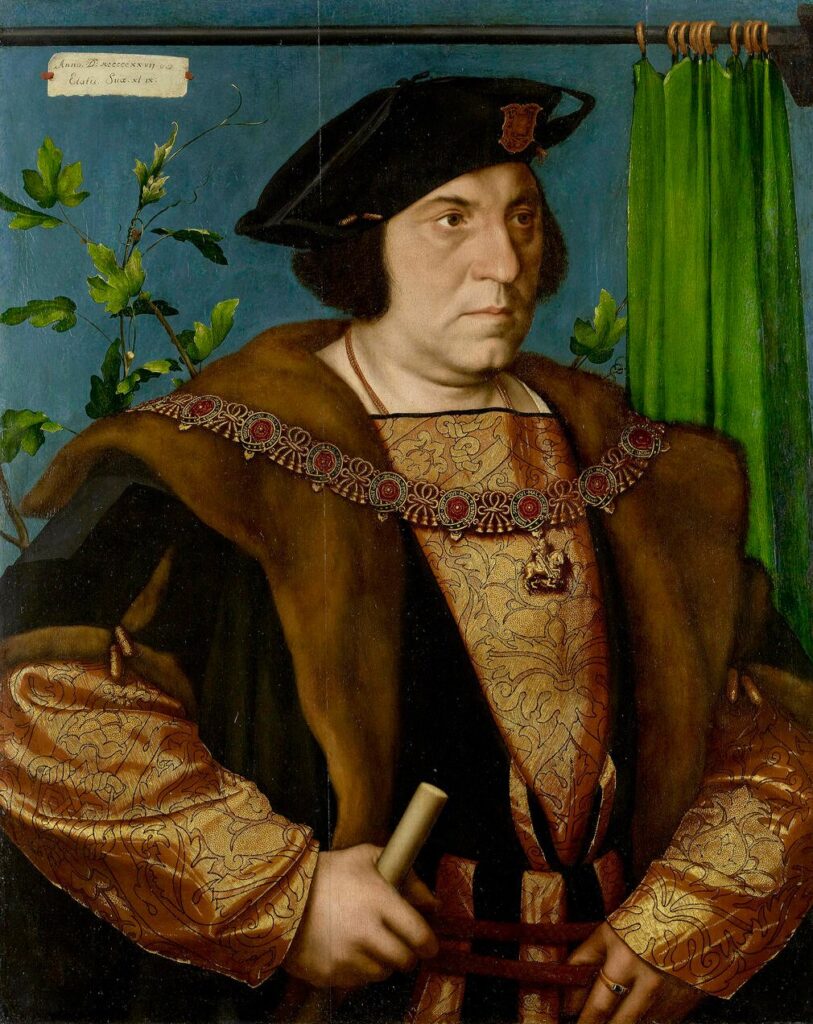
Hans Holbein the Younger, Sir Henry Guildford, 1527
The drawings are elaborated at various levels, possibly reflecting the time available for a session. A portrait of the king's long-desired son, Prince Edward, is drawn very lightly, suggesting that the one-year-old may not have stood still long enough for a more detailed likeness. Many of the drawings bear reminders written in English and German of the details to which Holbein intended to return; makes sure to note the yellow tinge in the eyes of Richard Southwell, a notoriously duplicitous man and convicted murderer who was one of Henry VIII's closest advisors. Visitors will be encouraged to look closely at the tiny details that make Holbein's portraits so lifelike, and to discover how the artist manipulated his materials to create them: from the mottled chalk reflecting the broken veins on an old man's cheek (John More) to the smallest touches of white in accent to suggest the luminosity of a woman's skin (Elizabeth, Lady Vaux). The immediacy of the drawings often gives the feeling of being in the room with the subject, looking over Holbein's shoulder. At times the viewer can feel his frustration as he reworks his compositions, struggling to capture the outline of the nose of the courtier William Reskimer, or making several attempts to place the iris in Elizabeth, Lady Audley's left eye. Evidence of this constant process of refinement can also be seen in Holbein's paintings. In two cases the preparatory drawing will be displayed next to the finished portrait. Comparing the images makes it clear that Holbein made subtle and often flattering changes as he transferred his composition from paper to panel. This is particularly evident in the lengthening and thinning of Henry Guildford's profile, giving him a more elegant and imposing appearance. One of Holbein's most striking painted portraits is that of Derich Born, a 23-year-old Steelyard merchant. A recent restoration effort, undertaken in collaboration with the Getty Conservation Institute, revealed in more detail than ever how Holbein repeatedly altered the contours of Born's face to give him a more chiseled and mature appearance. Removing the old paint and overpaint also revealed a clear thumbprint – probably Holbein's – on the left edge of the panel, suggesting that the paint may have taken longer than expected to dry. In two additional spaces within the Gallery, visitors will be able to learn more about this conservation project, as well as discover more about Holbein's materials and techniques.
Visitors will be introduced to the mysteries surrounding the identity of several subjects
These include a miniature of a woman traditionally identified as Katherine Howard, whose identity may be indicated by clues in her jewelery and clothing. The exhibition will also seek to shed light on the lives of lesser-known women of the Tudor court, some of whom were women writers, religious reformers, and important landowners in their own right. Through paintings and decorative arts ranging from a Brussels tapestry to jewel-like miniatures, the exhibition will demonstrate the vibrant international artistic culture that Holbein found upon his arrival in England.
A highlight will be Henry VIII's magnificent armour, usually displayed at Windsor Castle and on display in London for the first time in a decade
The armor was famously designed by German gunsmith Erasmus Kyrkenar to be adjustable, to fit the king's expanding waist. The final room of the exhibition will explore Holbein's work for Henry VIII and his artistic legacy. His life-size mural of the king and his family at Whitehall Palace – reportedly so lifelike that it shocked those who saw it – was lost in a fire in 1698, but the many surviving copies of his portrait of Henry bear witness to its 'impact. From Hans Eworth to Nicholas Hilliard, Tudor artists continued to look to Holbein for inspiration after his death, cementing his reputation as an image-maker of the Tudor court.

